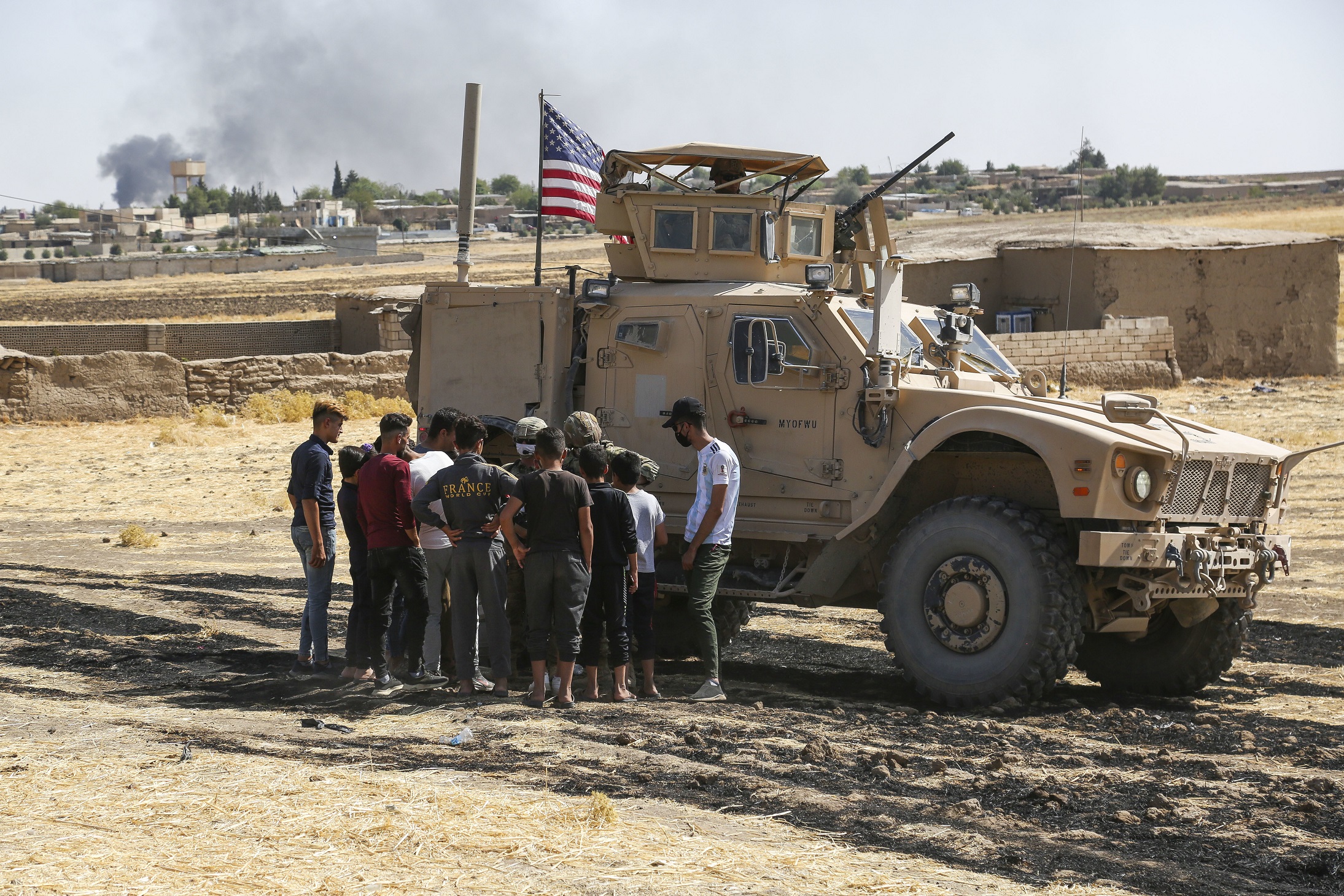
The Pentagon’s advanced research arm plans to develop computing systems and algorithms of proceeding for military operational decision-makers to anticipate behavior in unfamiliar environments.
In a notice posted on the U.S. government’s main contracting website, the Defense Advanced Research Projects Agency, best known as DARPA, announced that it is soliciting innovative research proposals to create self-sustaining, adaptive, generalizable, and scalable methods for generating causal system models based on local knowledge to aid operational decision making.
The DARPA’s program, called the Habitus, is focused on creating explicit computational models of complex, real-world local systems based on collective cognitive models of local populations.
These computational models will include all relevant factors that contribute to predicting a system outcome, whether concrete (e.g., employment rates, rain totals) or traditionally unquantifiable (e.g., religious beliefs, historical experience). Systems of interest include those relevant to stability operations – whether related to security, socioeconomics, politics, and/or those involved with health and wellbeing.
The program will make the computational models available, accessible, and understandable to operators, providing them with an “insider” view to support operational decision making. The resulting capability will be specific enough to anticipate system-level effects in response to events that are generalizable across regions and populations, adaptive as societies change over time, and self-sustaining for maintainability and persistence.
The Habitus program will create a specific, generalizable/scalable, adaptive, and self-sustaining methodology for capturing and making local knowledge available to operational decision makers to support stability operations.
This involves developing mechanisms of measurement and local engagement, identifying relevant factors, prioritizing and developing relationships among those factors, and testing and updating the model as systems change.
Over the course of the program, performers will demonstrate, test, and validate the system by using the computational models generated by their systems to make predictions against real-world, externally verifiable outcomes.